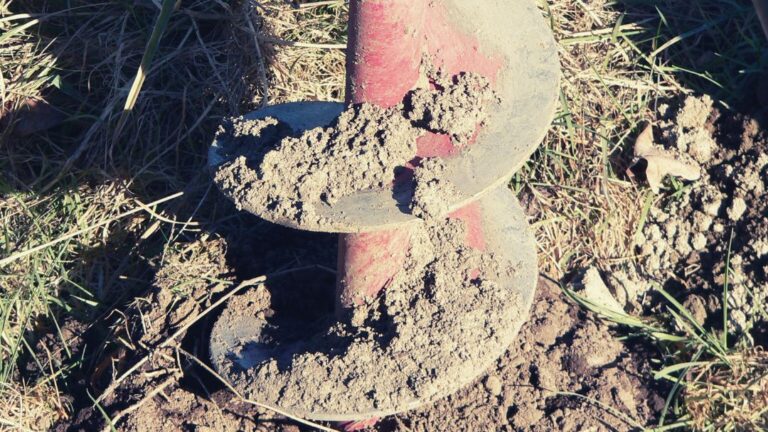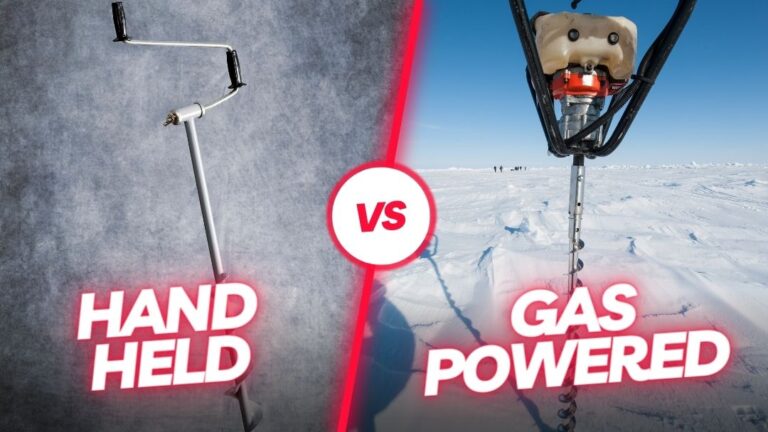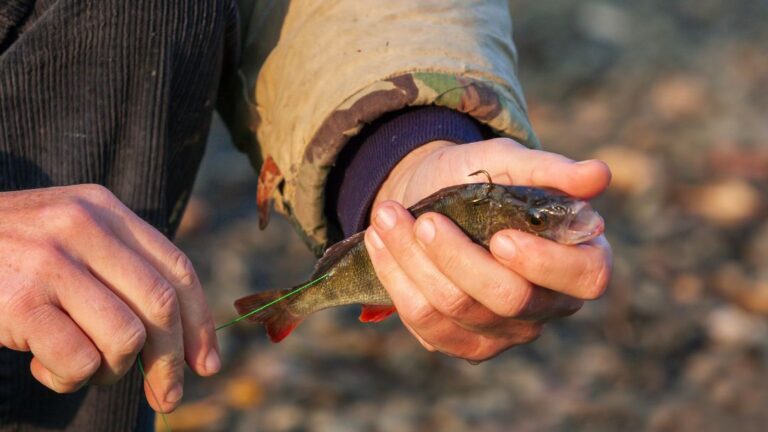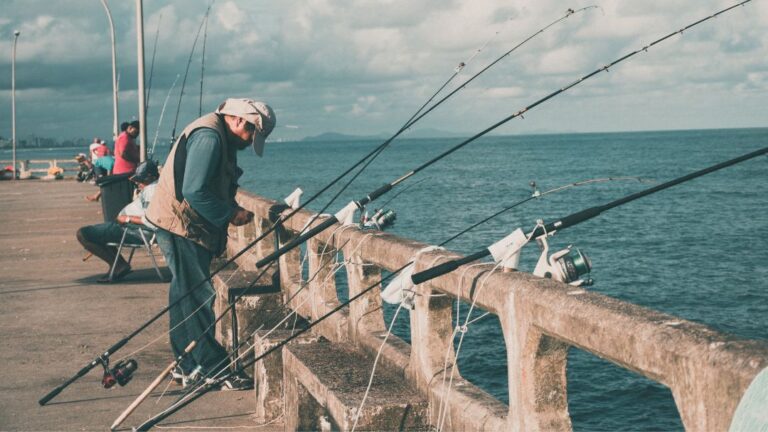Do you know cold water may have a negative impact on a fish unless it is a cold-water specie? 20-27 degrees Celsius is the best temperature range for pond fish. It should be neither too high nor too low. But when a pond freezes what happens to the fish?
If the pond starts freezing, fish will go into the deeper water of the pond. The temperature of the deeper water is slightly hotter than the upper level. They are cold-blooded and do ‘winter rest’ while remaining in the deep depths. The limbless vertebrate animal will move little and doesn’t need too much oxygen and food. Their heart becomes slow.
When a pond freezes what happens to the fish?
Fish will not freeze when a pond freezes. Compared to water, ice has a reduced density. The upper-level ice will start floating by creating a thick layer.
However, the ice layer will start becoming thicker over time. But, the entire pond will never fully freeze. The remaining portion of the pond will remain in a liquid form.
Fish will live there. Limbless cold-blooded vertebrate animals will go deeper as the ice layer becomes thicker.
But, they will stay in a relaxed condition without swimming around. The necessity of food and oxygen will reduce too. Fish will wait until spring comes.
However, shallow ponds have a minimal depth. They may freeze from top to bottom. If it continues for several weeks, all fish may die within 2-3 weeks.
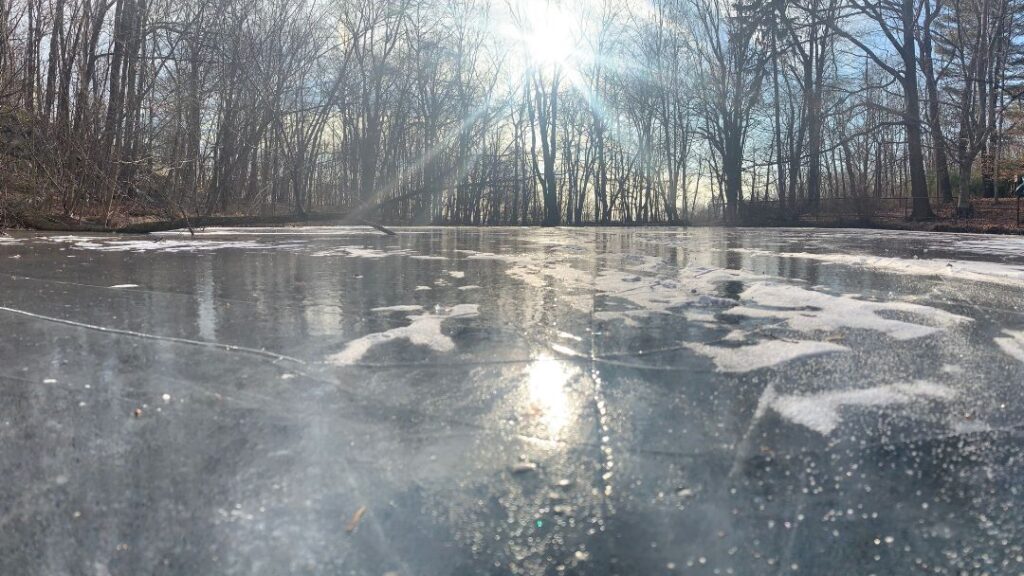
What is the best temperature for pond fish?
Temperatures ranging from 20°C to 25°C are known as a comfortable atmosphere for pond fish. But, they can endure up to 29°C temperature.
Fish can also live in frozen temperatures if the lower portion remains liquid.
But the top layer of ice will thicken if the temperature continuously goes down.
These limbless cold-blooded vertebrate animals may live if the pond remains frozen for 2-3 days.
However, frigid temperatures stay for several weeks, so breaking the ice is essential.
How do fish survive in a frozen pond?
A good number of fish have an Ectothermic Adaptation ability to protect their cells from freezing. But they can’t control their body temperature.
However, their body temperature doesn’t decrease quickly during frozen temperatures. It allows them to adjust the temperature and become more tolerant.
Compared to the upper level of the pond, the lower portion has lower oxygen concentrations. When fish stay at the bottom level, their metabolic rate may drop too.
For example, if the temperature is 15°C at the lower level, their metabolic rate might be around SMR15.
How much food do fish eat while living in a frozen pond?
Fish reduces their activities while living at the bottom level in a frozen pond. They don’t swim around.
These limbless cold-blooded vertebrate animals will go for a completely resting position.
Compared to summer months, they will eat less food. Some species may have eaten a considerable amount of food earlier. These foods will give a backup for at least a few weeks.
Smaller fish may try to capture tiny larvae and aquatic insects from the lowest portion of the pond.
But larger fish will consume smaller fish. They may also eat wheat germ, plankton, blood worms, etc.
Can fish live in a frozen pond for a long?
Most fish are cold-blooded species. Extreme weather conditions are not entirely perfect for their living.
But, they can quickly adapt to slightly changed environments. Some fish are cold-hardy, whereas some are heat-tolerant.
However, some fish may die quickly if the freezing temperature stays for a long time.
Goldfish, Red bears, Crappies, Perch, Trout, Archerfish, Fathead Minnows, Pumpkinseeds, Bluegills, etc., are the top choice for frozen pond fish.
These species can stay in a frozen pond longer than others. Some raise their body temperature to adapt quickly to the outside condition.
What can you do if the pond becomes frozen?
Some owners prefer smashing hot or boiling water on the pond surface to melt ice.
But unfortunately, it may result in dangerous trauma to fish.
The first handy task is breaking the ice carefully without hurting the fish. If your pond is vast, it will be time-consuming.
In such a case, you can use deicing devices to get off structural ice from the pond surface.
The process involves utilizing deicing fluid containing a mixture of water and glycol.
It removes a thicker layer of ice and prevents the pond water from forming ice further.
Another alternative solution is using a heater. The heater will be installed on the top surface of the pond and prevent water from freezing.
How to prevent your pond from freezing over?
Fish may live even in a frozen pond. But, they can’t comfortably live if it continues for a long time.
You can prevent or at least minimize the ice level of fish and warm up the deeper level water using some easy-going methods.
Method: 01 — Make a hole in the ice
If your fish are not visible from the upper level, you can add a bucket of boiling water in a particular spot where there are no footprints of fish.
Avoid smashing water directly on the areas where you can see fish moving.
Carefully spill the hot water to melt the ice. Make sure you don’t disturb the fish. Maintain a quiet environment.
Wait for a few minutes until the snow fully melts.
Avoid using any chisel, hammer, or ice auger to remove the ice layer. It may cause excessive shockwaves and acoustic energy. Fish may die due to intense pressure.
Method: 02 — Continuously run the water pump
Running water is warmer than standstill water.
The continuous movement of water causes molecules to rub against each other. Water becomes warmer gradually.
You can achieve this objective by continuously running the pump. It will result in slight friction and increased circulation of water.
However, the pump should not be placed close to the fish, especially in the lower section.
You can keep the pumping machine in the top section or just below the upper layer. It will prevent the pond from freezing as the water is continuously warming up.
Method: 03 — Using an air pump for aeration
Apart from the regular pump, you can use an air pump to aerate the pond’s water.
Do you know at least two degrees Celsius temperature differences exist between the top and lower levels of pond water?
An air pump comes in handy to aerate the entire pond water. It will cause the colder water from the lower section of the pond to move to the upper level.
Plus, warmer water from the top section will move into the deeper area of the fond. This helps to create a better atmospheric interaction.
Though this process naturally occurs, an aerator will speed it up. Continually running the aerating machine is necessary if the temperature is less than zero degrees Celsius.
Wrapping Up
Are you still wondering about this question: When a pond freezes what happens to the fish? Fish may live for several weeks. But, they have a tolerant level. If you don’t take the necessary steps quickly, they will become sick and may die after a particular time.
It is a solid rule of thumb to install a water pump or air pump to prevent or minimize the ice level in a pond. A deicing device is a good choice if you have a reasonable budget. It effectively prevents forming of ice. This ensures a comfortable environment throughout the winter session.

